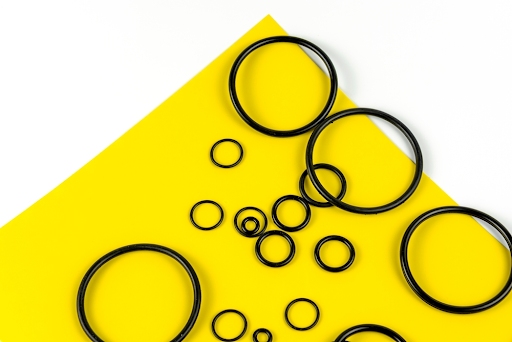Contents
While the shape has remained the same, the technology involved with o-ring innovation has changed considerably since the seal was first patented by Neils Christensen in 1939. As a hydraulics solution used in almost every industry, o-ring technology has evolved to include use in the manufacturing of everything from tattoo guns to airplane engines.
These original o-ring rubber seals were used primarily in military applications in the 1940s and 1950s, but have since expanded in their use and the compounds used to make them. Modern o-rings are a combination of elastomeric sealing compounds, including polymers, mineral fillers, activators, retarders, curing agents and other additives to make each seal hold in different environments and contexts.
Here’s a further look into the latest advancements in o-ring sealing technology.
Experimenting With Boundaries
The most common base materials used to construct modern o-rings include nitrile (Buna), fluorocarbon (Viton), neoprene, PTFE (Teflon), silicone and ethylene propylene (EPDM rubber). From these core materials, hydraulics engineers continue to simulate more extreme situations to discover how to increase the strength of the seal.
They do this through a six-sigma test that goes beyond the pass/fail system used in the past. This more layered testing allows for better understanding of the unique combinations of compounds that will expand the thresholds and capabilities of the seal. Most especially, the varying compound formulas are tested to predict the potential failure points, so that end-users have a good understanding of the limits of the seals they choose to purchase.
Quality, Customization and Availability
When choosing a supplier for your o-ring inventory needs, it’s important to make sure they can cover you in three different areas: quality, customization and availability. You’ll run across multiple suppliers who can check off one or two of those boxes, but all three factors should be considered in your overall supply partner strategy.
The need for high-quality o-ring seals is obvious. Seals that are poorly constructed or made of lower-quality materials will run the risk of failure, which could cause a multitude of problems ranging from damaged machinery to downtime and profit loss. Purchasing from a supplier that doesn’t have a solid historical record and reputation could leave you with a lot more damage than the extra expense of buying from the right one.
Customization is likewise important when working with a supplier, since many applications require o-rings with specific dimensions and components that might not be readily available on the market. That’s why it’s always a good idea to find a supplier who can make custom o-rings based on your unique needs and specifications.
Finally, availability is a key component to manage your o-ring inventory and avoid unnecessary downtime related to faulty seals and damaged machinery. If your supplier is offshore and you experience a broken o-ring seal, the amount of time it will take to get a replacement will significantly affect your company’s profit and reputation for consistency. With supply chain disruptions happening on a regular basis, even in a post-pandemic world, your simple o-ring replacement could turn into a nightmare of backed-up shipping ports and other transportation challenges.
Smart Supply Chain Relationships
Although the latest o-ring technology allows better hydraulics solutions than have previously been available, working with a supplier who has adapted their business to incorporate these new technologies is key for any industry. Smart planning on the front end can end up saving you thousands of dollars in potential failures.




